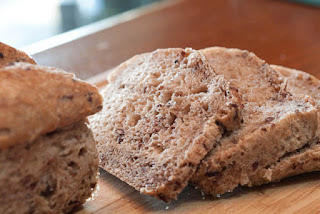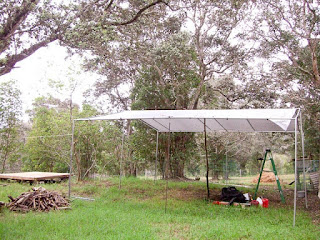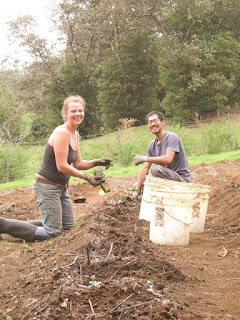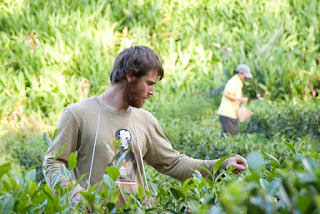Don't give a cow. Give seeds
Holiday gift season. Giving a cow is still a popular program, but I wish there was some programs where you can give vegetable seeds or fruit trees to people who need them. http://www.heifer.org/ I don't necessarily think giving a cow, chickens or a goat is bad idea considering livestock can add foods to diet of those people as long as the environment is right. When you give a cow or sheep, there must be grass growing naturally. or when you give chickens, there must be enough feeds naturally obtained from the wild area. Why not Cow, sheep or goat? Grazing animals require large pasture comparing to available garden space. Unless there is large pasture area for animals to graze, it is not very desirable. I have 4 sheep and they do not eat any grain feeds although they like them. I share some of my crackers or granola sometimes, but they are on their own eating grass most of the time. when grass is abundant and there is no garden space conflic...















